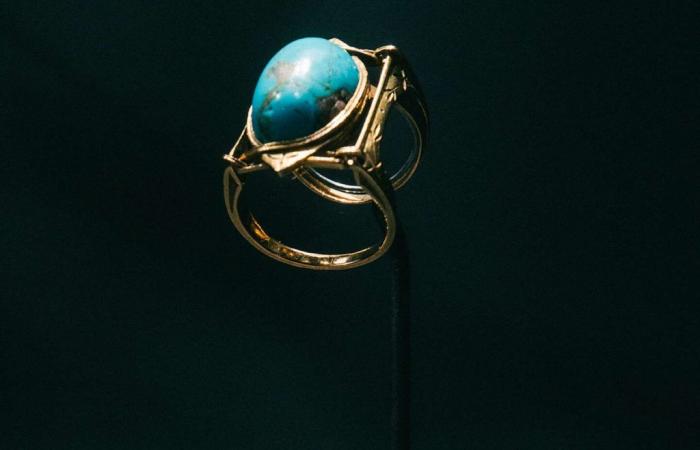Bird-shaped jewelry, gouache sketches, exceptional creators like Jean Vendome (1930-2017) or passionate collectors like Yves Gastou… The School of Jewelry Arts has, since its creation in 2012, organized exhibitions on the most varied subjects. But the 900 square meters of Paris on rue Danielle-Casanova, a stone’s throw from Place Vendôme, “were dark and low ceilings and the spaces were sometimes too narrow”, agrees Lise Macdonald, who has chaired the establishment since the spring.
Without getting rid of « Casanova », which will be renovated and will continue to host classes, the school has had a new space since June 13. Larger, brighter and more majestic, the place must help it fulfill its mission of “vector of jewelry culture to the widest possible audience, from the age of 6”, recalls the president, in a confident and courteous tone.
The prosperity of the owner, the Van Cleef & Arpels house, allowed the school’s management to take its time before setting its sights on the ground floor and first floor of the Hôtel de Mercy-Argenteau, at 16 bis, boulevard Montmartre, in the 9e district of Paris. The central location, close to the Grévin Museum, the Drouot auction house and the gem trade, seemed ideal. The area of 1,100 square meters too. Not to mention that the building, never open to the general public (until now rented by an insurance company, Esmod or the Firefox web browser), has a prestigious past.
Completed in 1778, “it is both one of the very first private mansions built on the grand boulevards and one of the last preserved”, explains art historian Léonard Pouy. A teacher-researcher attached to the jewelry school and responsible for tracing the building’s past, he unearthed so many archives that he produced a book, published in January by Parigramme. “It is, basically, a six-handed composition, between the architect Firmin Perlin, the owner [de l’édifice], the Marquis de Laborde, a wealthy aristocrat who was guillotined during the Revolution, and the Count of Mercy-Argenteau who acquired the usufruct and allowed himself to intervene in the plans. »
Cherubs and woodwork covered with gold leaf
Overlooking the street, large white lounges will (now) host exhibitions, workshops and conferences. The patterns of the woodwork covered in gold leaf intertwine floral garlands, olive leaves and cherubs. They sit alongside fake cameos of Greek goddesses, as well as the coat of arms of Florimond de Mercy-Argenteau (1727-1794), Austrian ambassador to France.
You have 69.53% of this article left to read. The rest is reserved for subscribers.






